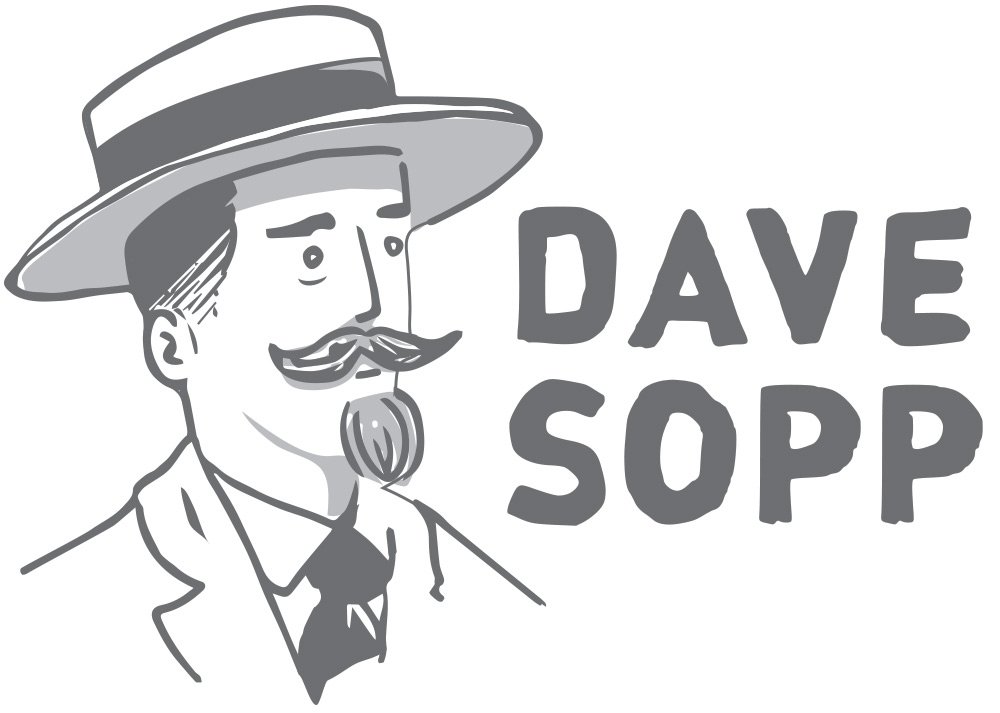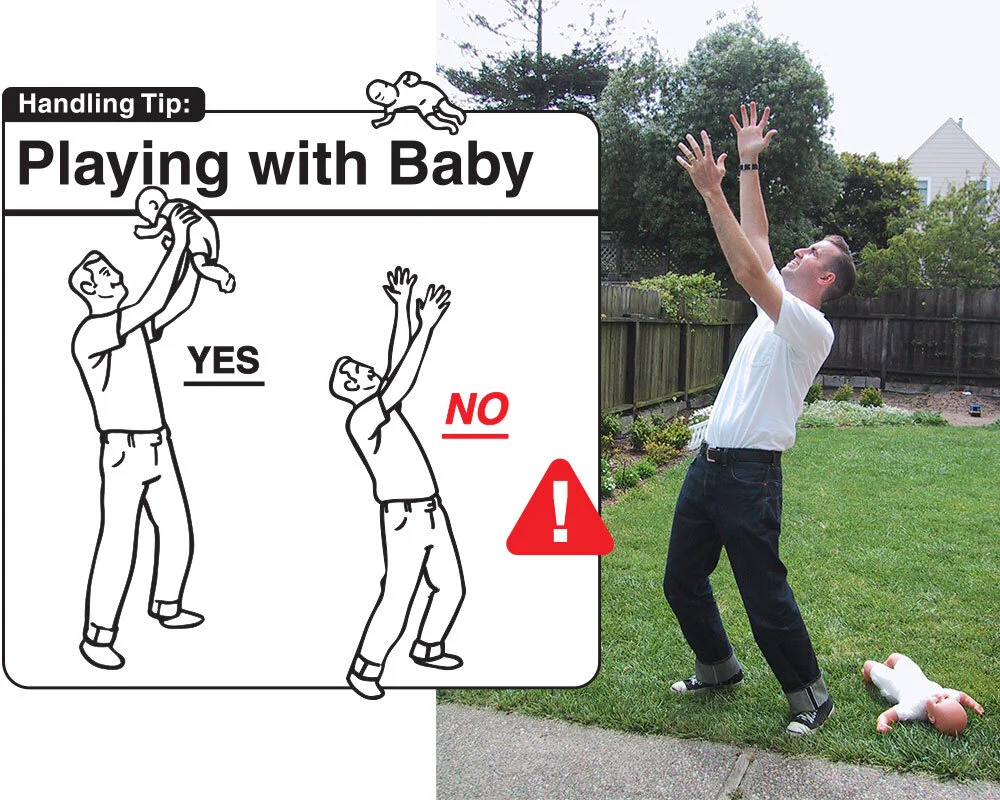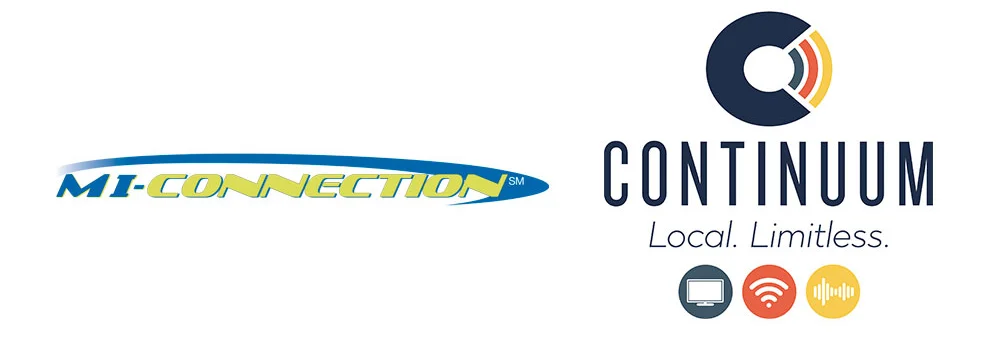I’ve designed and illustrated a handful of books like the silly Safe Baby Handling Tips, Mysterio’s cute picture book, and more. But this was the first book I was asked to design that was, well, an actual BOOK. Like, a book you could spend more than 5 minutes reading. It had more than 1000 words in it, for crying out loud! What made it even more special was that it was penned by my talented writer wife and partner, Kelly Sopp. Which I’m thinking might be how I was lucky enough to get this very different assignment? Maybe.
Kelly’s book is titled Hey, I Love You…and it’s beautiful, simple, and remarkably (you’ll appreciate the pun in a minute) unique. It was written to give couples practical marriage wisdom, along with an effortless way to exchange heartfelt words that need to be said, or unsaid, or aren’t said often enough. It’s different from any book in the Relationship and Marriage section of your last remaining bookstore for a lot of reasons. But the most brilliant reason is the way you use it. Any book can tell you what to say, how to act, or what 25 rules to follow to reach happily ever after. But Kelly’s book has a simple, built in system that, when applied, will literally keep dust from collecting on the book AND your marriage.
The final cover of Hey, I Love You…: Bookmark your way to a Remarkable Marriage by Kelly Sopp. We did over 30 covers for this, can you believe it? And they were all this simple and they were all in white, black, and this charming yellow. That byline on the front on white? That’s a removable sticker. The book is meant to be personal and we didn’t want people looking at marketing stuff every time they wanted to use it.
SO MANY WORDS! It was actually fun managing the typography. I hadn’t dealt with having control over this much copy for a while and it was so fun. Of course there more to this than this one spread, silly. Oh, and tabs. I was able to include finger tabs for each of the 5 chapters so you could find what you wanted to “say” really fast.
It’s so REMARKABLY easy (paying off on that earlier pun now): the bulk of the book is composed of bookmarkable sentiments that you can use to offer words of romance or encouragement to your spouse. Just find the feeling you want to share, pop in the supplied bookmark, and hide the book in a fun place for your partner to find. Under their pillow. On top of the coffee maker. In the fridge. Get creative! Every page is a love note to be left to deliver a soft, unexpected reminder to your spouse that you’re there and thinking of them.
But the book is especially helpful to any and every marriage because it accounts for reality. Everything’s not all romance, all the time. There’s a section for when you have disagreements and tough times. There’s even an array of thoughtful ways for you (or your spouse) to sincerely apologize for any discretion. In these cases, it’s less about starting a makeout session. It’s more concerned with getting you two discussing what might be out of whack in a kind, constructive way so you can get back to the makeout sessions.
Most of the book is like this. And this is how it works: “Oh, something is bookmarked for me!” (top right). “Awwwww!” (left) “AWWWW! (bottom right) Do I really need to tell you what happens next?
This isn’t just a book to instigate cuddles. It’s got everything you’ll need during your decades together. Seriously. It can even help you tackle some pretty serious stuff. My article on doing the book illustration goes more into the challenges that posed to the tone of the book.
I’m not trying to sell you the book. If you’ve read any of my articles on strategy, design, marketing, and illustration, they all dive into this much background detail. Because no work can be evaluated by the work alone. That’s literally why they say, “You can’t judge a book by it’s cover.”! Because the cover may not reflect the spirit of the writing. I had a brilliant creative director tell me once that the fastest way to kill a bad product is with good marketing. It’s so true.
So when I got Kelly’s final manuscript, here were my take-aways:
Upbeat. WAY out of character in the genre (in a good way). Funny where appropriate and keenly adept at bringing a sensitive positivity and kind understanding to the serious bits. It reads like lavender scented, soft wool dryer balls. Romantic if you’re in that mood, comforting if you aren’t.
The book’s content was a complicated thing (the topic of marriage) broken down into its simplest form and delivered with a kind smile. So that was my direction. Get out of the way of the words and just deliver them, gently. The font is Abrade. It’s got, like, 1M variants and its Light version fits the tone of Kelly’s writing like a wedding ring.
All this is from the initial pitch to our publisher (Running Press). Pretty similar to what was published, no? Hahaha. It’s because we presented such a detailed, thought out vision of what this book could be. But there were some changes. (Clockwise) At first we thought it’d be really nice if the hardcover was cloth covered (instead of a book jacket). But that turned out to be too expensive (and in the end it was fine ‘cause it’d probably get really dirty with use. This is a photo of the book I ‘shopped up for the pitch. The books visual language was thought out at the beginning, too. We even included a series of patterns to use and that was just for the endpapers. The HEY logo as so important that I did a ton of versions before landing on what we chose, here on that bookmark. And finally a ‘shopped image of the book where one might find a spicy sentiment waiting for them!
Alternate covers! So many covers. I mentioned we looked at over 30 subtle and not so subtle variations, but that didn’t even include versions of what shape the cover sticker was or what would be on the bookmark or what if the cover was cloth with an acetate jacket!? I don’t know if this is how much thinking goes into every published book, but it’s what goes into the ones I design.
This is where to keep this book. Everywhere. The best design aspect is the concept itself. That the couple who owns the book uses it as a fun communication device, passing it back and forth as desired or needed.
I mentioned at the beginning that this was more of a “book-like” book than I’d ever designed in the past. It’s true, but it’s “more-than-a-normal-book” because of the interactivity baked into the concept. So even the writing of it was part of it’s design and I collaborated with my author from the outset. We divided the content into bite-size, intentional bits. We made it easy to digest. And the final layout is a natural extension of that.
The bookmarkable spreads are visually sparse to give the sentiments the attention they deserve. The lead message is positioned large as a sort of headline at the top left with an accent illustration above for colorful, emotional seasoning. At the lower right are brief, carefully chosen words of support, positioned to not be blocked by the supplied bookmark. Easy squeezy, light and breezy.
One of my favorite quotes is one that I cannot for the life of me remember so I’m going to go with something similar that I found on the interwebs - ”The definition of being good is being able to make it look easy” That was from one of the great thinkers of our time, Hugh Jackman. I happily did over 30 cover designs for this thing to be sure I got it right. Yeah, the cover is important, but 30!? Published authors, did you get 30 versions to consider? I also did 250 more illustrations than was called for (or paid for in the advance). I explain in my article about the illustrations that it wasn’t because I had to because I was married to the author. It’s just the book needed it. Which didn’t make it the easiest project I’ve ever tackled but it was just as rewarding in the end. Because I LOVE going the extra mile(s) for something (and someone) I deeply believe in.
DAVE SOPP – Creative
Yep, that’s me. I’ve got over 20 years of marketing strategy, graphic design, advertising art direction, and illustration experience. Want to use some of it? Email me at dave@davesopp.com

















































































































